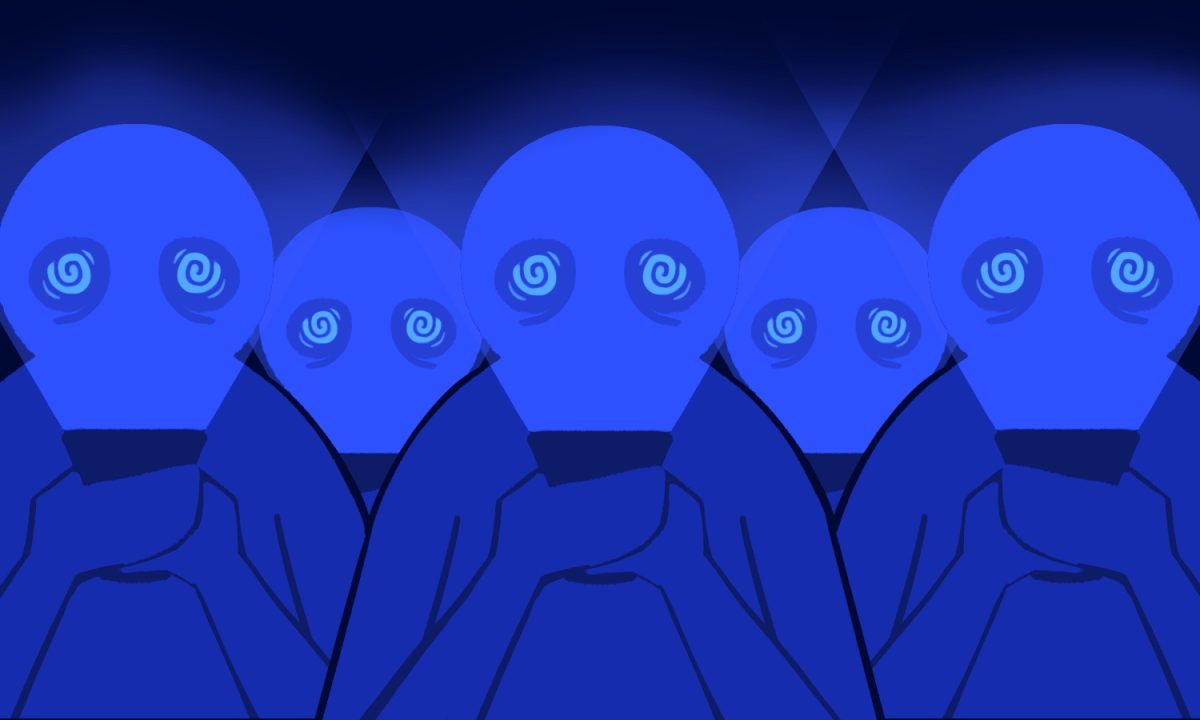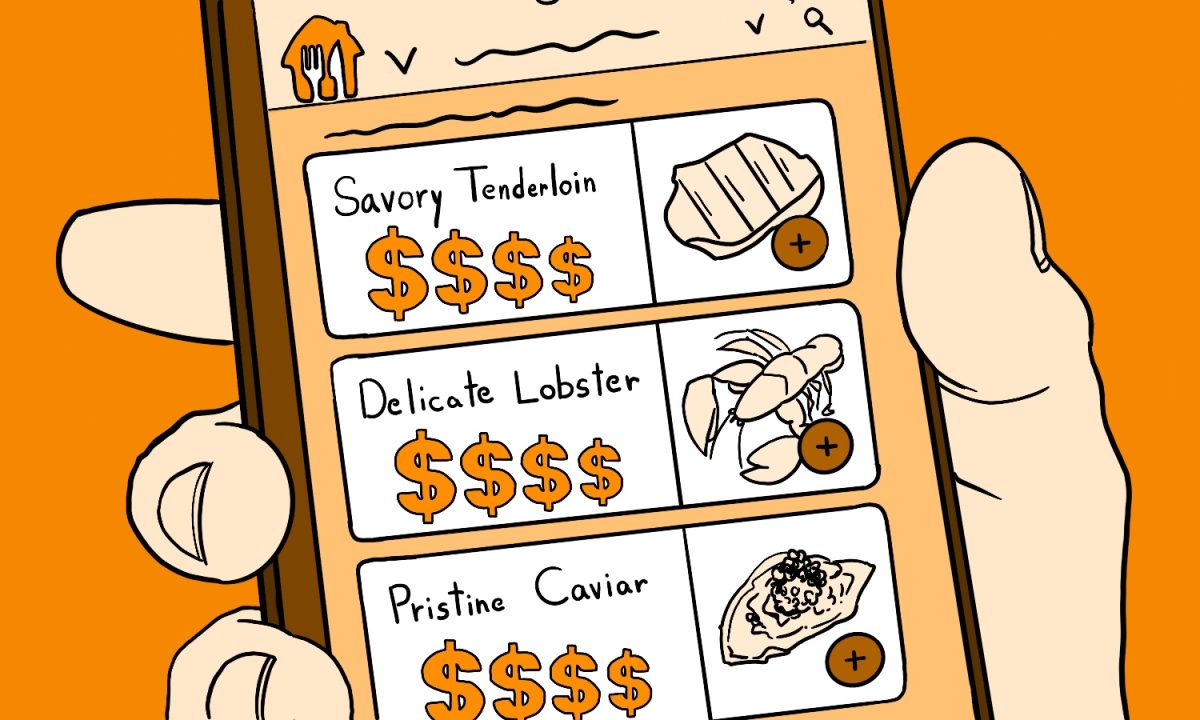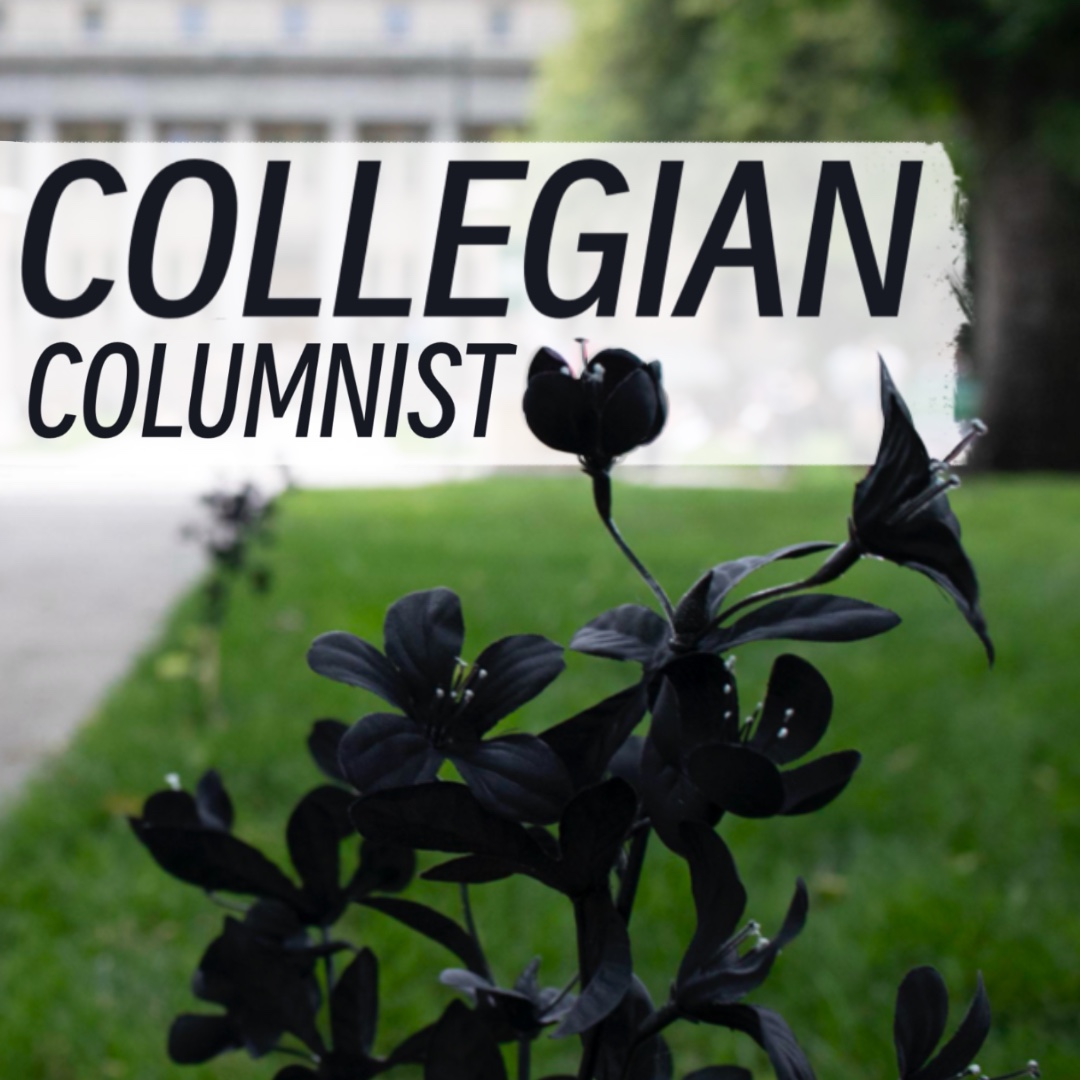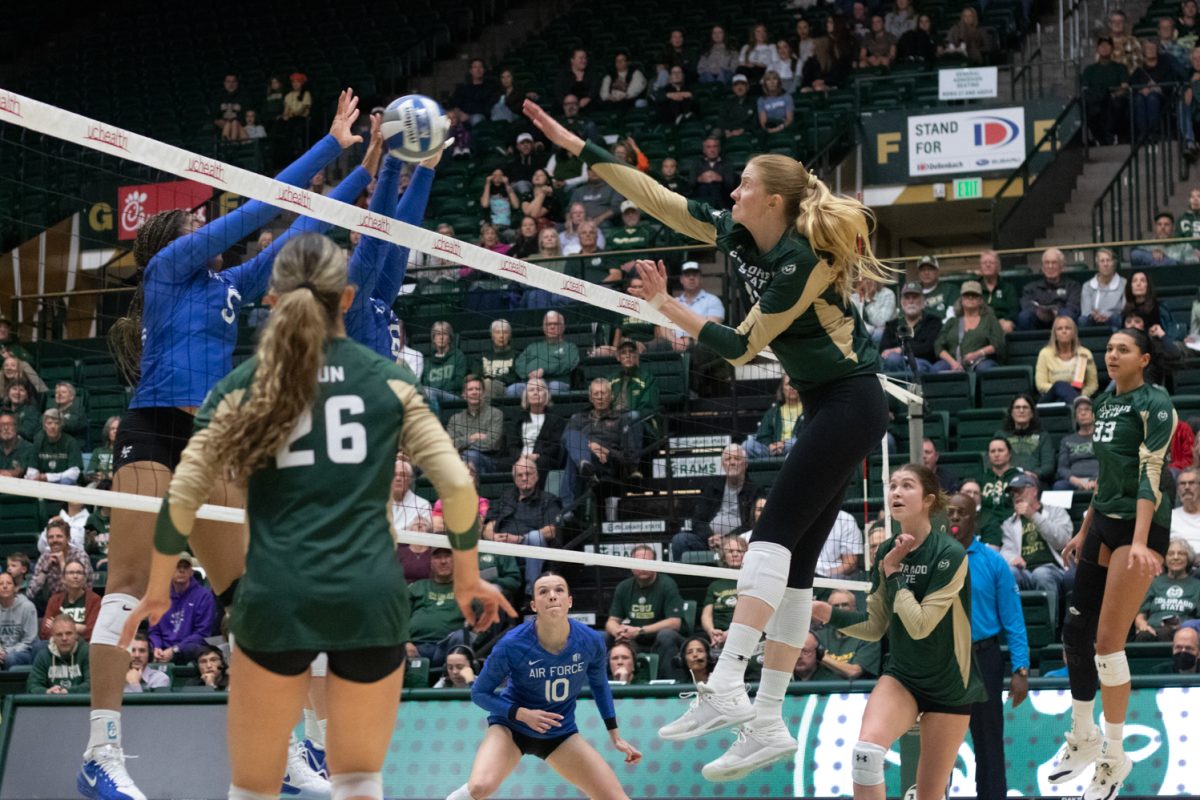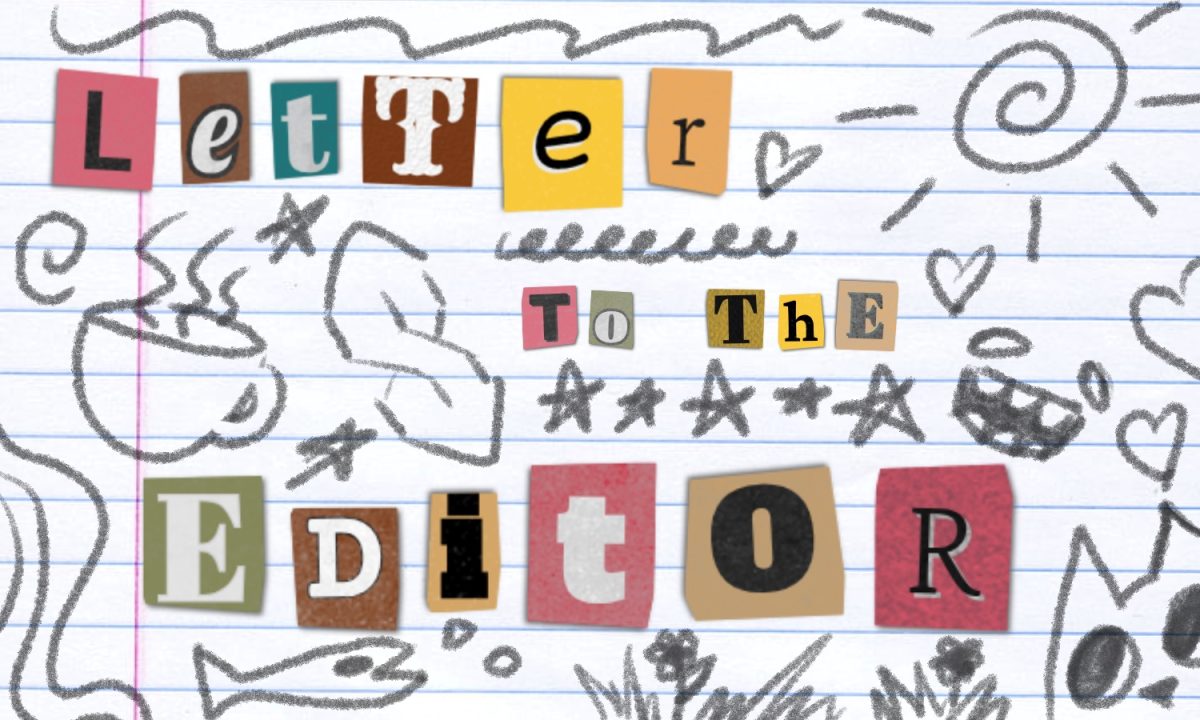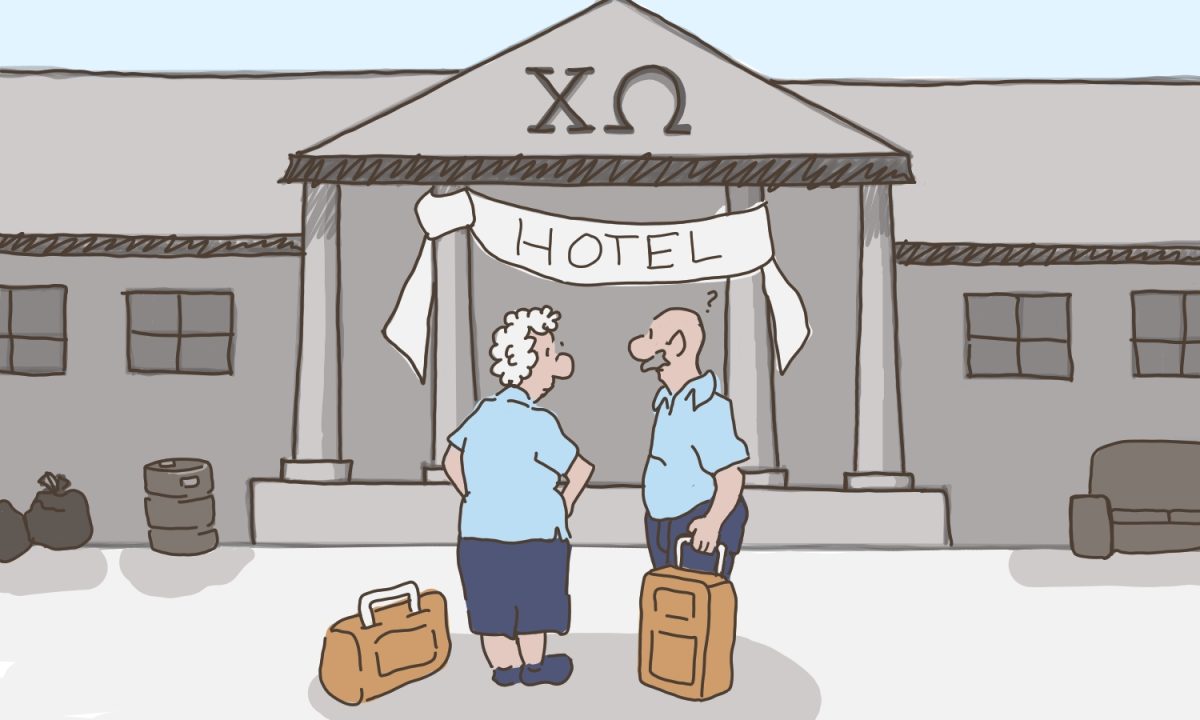Editor’s Note: All opinion section content reflects the views of the individual author only and does not represent a stance taken by The Collegian or its editorial board.
One only needs to search the words “two-party system” on Google to get an understanding of our country’s attitude toward this long-standing political structure. Blame it on acute divisiveness or on policy gridlock, but either way, Americans need a strong third-party option in the upcoming election.
Students are the future leaders and voters of America. We have the ability and the obligation to shape the political landscape we want to inherit. Voting outside of the two traditional parties isn’t an immediate cure for the problems in our political environment today, but it’s a step in a new direction — a step that every one of us can and should take.
We’ve arguably had a bipartisan political dynamic for most of our country’s history, starting roughly 20 years after its inception. Perhaps this dynamic was inevitable. After all, a vote really does come down to a “yay” or a “nay.” But it’s too simple to suggest that any given issue can be resolved by either a positive or negative opinion.
Students at Colorado State University know this. It’s embedded in our values to appreciate the variety of perspectives that are created by discourse and debate.
The arguments for a two-party electoral structure seem to have good intentions. For one, it simplifies electoral choices. It also creates a mechanism through which (hopefully) everyone’s interests have been filtered through rigorous debate and discussion, finally arriving at a yes or no vote.
The mechanism of our government doesn’t appear to work well when only two parties operate it. So, when the machine doesn’t work, fix it.”
The logic is that in a multi-party system with multiple outlets for voter interests, a proposal could potentially become a part of the platform before it gets a chance to withstand sufficient scrutiny.
However, only allowing two possible outlets limits the range of issues. If a proposal doesn’t fit under Democratic or Republican values, it seems more likely to be abandoned than a proposal that voters can clearly identify as either along or against their party lines. This is particularly problematic for younger voters who are more likely to be interested in novel and progressive issues — issues that are not easily labeled as blue or red.
We can’t talk about the failures of two-party politics without looking at the mechanism that perpetuates it — the “winner-take-all” system. What this essentially means is that candidates with the majority of the votes win all of what they are running for, whether it be local districts or the White House.
Candidates without the majority of the votes achieve nothing. This gladiatorial strategy, however fair it may seem, results in less representation for diverse populations and decreases voter turnout since voters may feel that the winner is inevitable out of only two options, neither of which they support.
Another and more important pitfall of our two-party system is that it breeds gridlock and legislative inaction. President Donald Trump’s term has already seen two government shutdowns. These shutdowns were caused by the inability of our bipartisan government to reach a compromise.
The mechanism of our government doesn’t appear to work well when only two parties operate it. So, when the machine doesn’t work, fix it.
This upcoming election, college students wanting to make a real impact may feel discouraged to “waste their vote” on a third-party candidate, but that kind of thinking only perpetuates the problem. Nothing about our deeply divisive winner-take-all two-party system will change unless voters, like students at CSU, make their voices heard at the voting booths.
Cody Cooke can be reached at letters@collegian.com or on Twitter @CodyCooke17.


